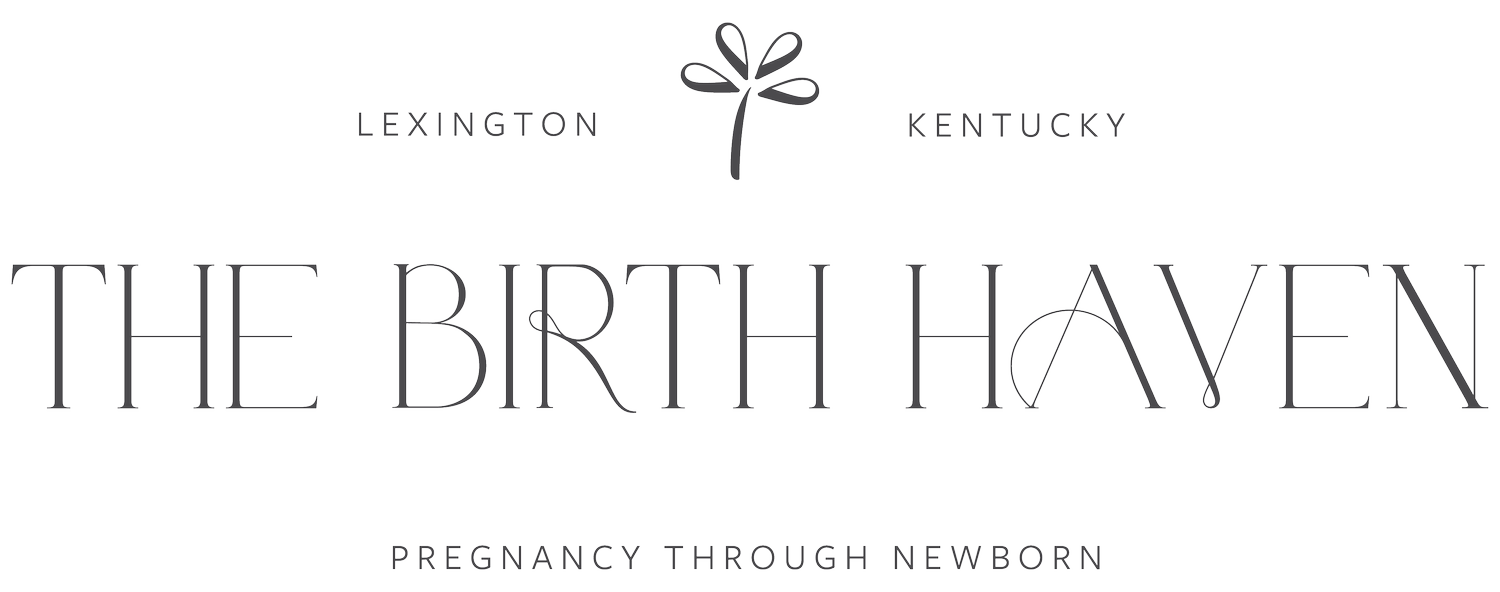The Scoop on Diastasis Recti
What's the deal with Diastasis Recti?
There's a lot of buzz in the birth world around Diastasis Recti, but lots of new and expectant mothers still don't know what it's all about. Some women even go years without realizing that this is an un-diagnosed issue from a previous pregnancy.
What is it?
During our pregnancies, the body needs to accommodate a quickly growing baby with the resources and space it has. Our core muscles have to bend and stretch to make room for baby and this can leave tummy tissues strained, stretched and even damaged.
In most cases, the body is able to shrink back down to it's pre-pregnancy size and tighten these core muscles back together. For many women, these overworked muscles have a difficult time stretching back and they're left with a gap of connective tissue and a belly bump to go with it.
It's not always baby fat!
What many new moms think is leftover baby weight is actually damaged connective tissue that won't go away with standard diet and exercise alone. This damage often creates a ridge down the center of the abdomen and weakening core muscles. Diastasis Recti is damaged tissue and some exercises can actually do more harm than good. Crunches and other strenuous ab workouts can tear the muscle and connective tissues or cause them to stretch even further apart.
How To Check for Diastasis Recti
After teaming up with Alison Ankiewicz, DPT, pelvic health physical therapist at Inner Dynamics Physical Therapy in Ocean, New Jersey and Melinda Fontaine, DPT, pelvic physical therapist at the Pelvic Health and Rehabilitation Center in Berkeley, California, BabyCenter.com published an article that illustrates how women can check themselves for signs of Diastasis.
"To check for a diastasis recti, lie on your back, with your knees bent and your feet on the floor. Place your hand palm down over your belly, with your fingers pointing toward your toes. Press your fingers gently into your navel area then slowly lift your head, drawing your chin to your chest. This causes your rectus abdominis to contract. If you feel a gap of at least two finger widths between the muscles as they contract, you have a diastasis. A gap of 4 or more fingers in width may suggest a more severe diastasis issue." [BabyCenter.com]
Worried about checking yourself? Call Baby Moon for information on stopping in and being assessed!
Diastasis and Other Health Concerns
Often times this diagnosis comes with a handful of other health concerns for women. Diastasis can cause symtpoms like chronic back and pelvic pain, urinary incontinence and even pain during sex. Even if you've never seen your "six pack abs" they're there and they work hard to keep your organs supported and functioning properly.
Solutions and Treatment
While most Diastasis cases will not benefit from standard exercises, working with a trained physical therapist can help pinpoint the affected abdominal tissues and encourage them to regain strength in a safe way. In more severe cases, women who don't plan to have another baby can seek surgical procedures that will reconnect and repair these tissues.
Preventing Diastasis Recti
While this injury can occur with even the fittest new mom, beginning your pregnancy with an already strong core and continuing to exercise during the course of your pregnancy can dramatically reduce the risks or injury like Diastasis Recti. Finding a physical therapist that specializes in postpartum abdominal recovery can help moms-to-be find an exercise regimen that will continually strengthen these muscles as they stretch to accommodate their baby. Stay away from deep core work, planks, and sit ups as muscles become stressed as they stretch and pull with the weight of your baby.
Don't worry!
If you suspect you might have abdominal damage post-pregnancy, gathering second opinions from physical therapists and your general practitioner can help you properly diagnose your problem and put you on the right track to a safe recovery.
Don't tackle Diastasis at home on your own.
Avoid creating further damage to these important muscles and tissues in your body and you'll be on your way to a more healthy and confident postpartum transition.



